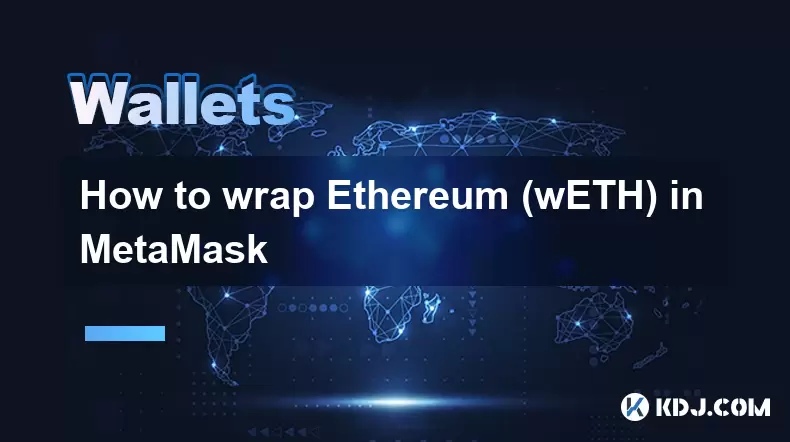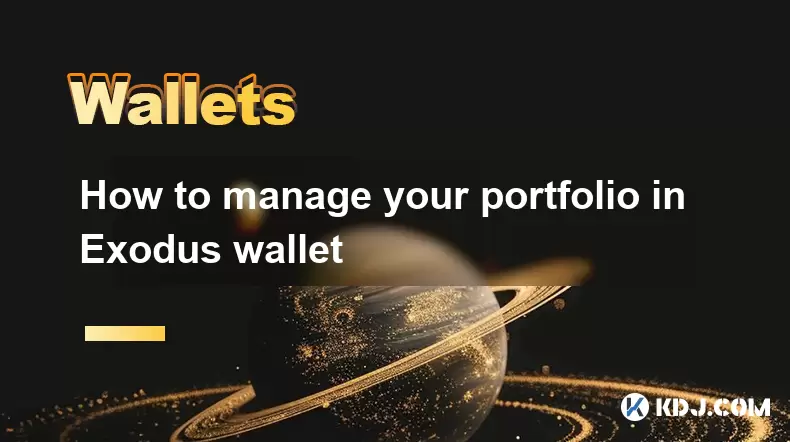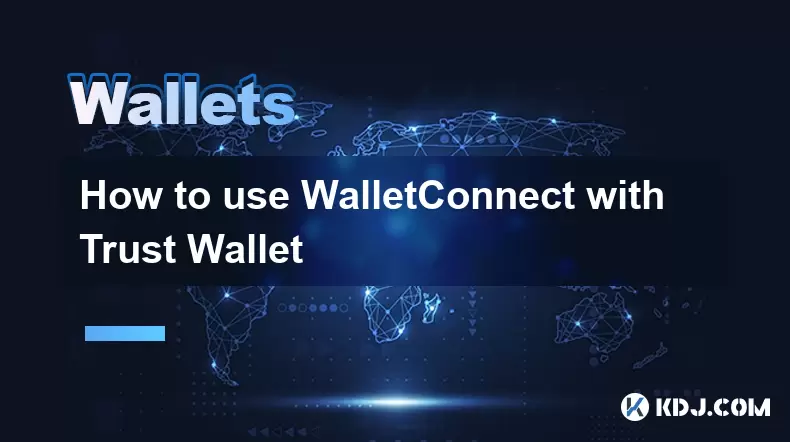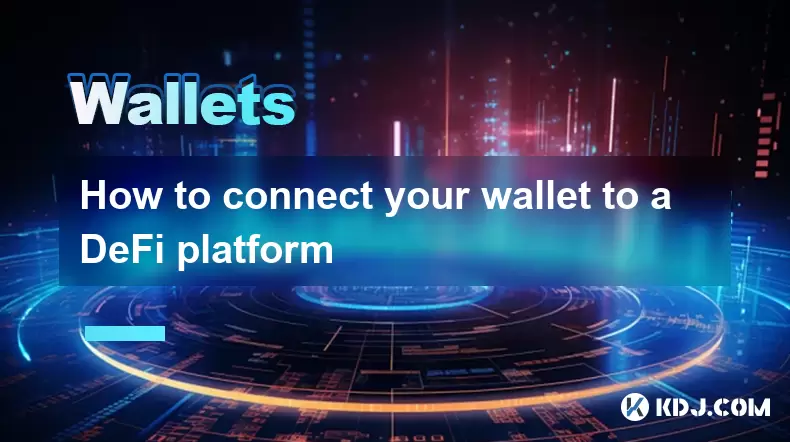-
 Bitcoin
Bitcoin $117600
0.25% -
 Ethereum
Ethereum $4424
0.10% -
 XRP
XRP $3.101
0.50% -
 Tether USDt
Tether USDt $1.001
-0.01% -
 BNB
BNB $836.2
1.26% -
 Solana
Solana $188.8
2.11% -
 USDC
USDC $1.000
0.01% -
 Dogecoin
Dogecoin $0.2301
0.57% -
 TRON
TRON $0.3485
-1.00% -
 Cardano
Cardano $0.9209
-1.34% -
 Hyperliquid
Hyperliquid $46.72
-1.19% -
 Chainlink
Chainlink $22.62
4.84% -
 Stellar
Stellar $0.4275
-0.38% -
 Sui
Sui $3.761
1.91% -
 Bitcoin Cash
Bitcoin Cash $586.7
-0.25% -
 Ethena USDe
Ethena USDe $1.001
0.01% -
 Hedera
Hedera $0.2510
2.06% -
 Avalanche
Avalanche $24.21
2.22% -
 Litecoin
Litecoin $119.7
1.07% -
 Toncoin
Toncoin $3.450
1.06% -
 UNUS SED LEO
UNUS SED LEO $9.411
-0.93% -
 Shiba Inu
Shiba Inu $0.00001298
1.20% -
 Uniswap
Uniswap $10.98
3.25% -
 Polkadot
Polkadot $3.961
2.16% -
 Dai
Dai $1.000
0.00% -
 Bitget Token
Bitget Token $4.642
0.95% -
 Cronos
Cronos $0.1514
0.57% -
 Ethena
Ethena $0.7290
3.78% -
 Monero
Monero $254.1
7.69% -
 Pepe
Pepe $0.00001102
2.47%
How to set the gas fee of a Binance wallet?
Binance suggests, but doesn't directly set, gas fees; these are blockchain network fees, not Binance charges. Choosing "fast," "average," or "slow" options influences speed and cost, with off-peak transaction timing offering potential savings.
Mar 19, 2025 at 01:56 pm

Key Points:
- Binance doesn't directly control gas fees. Gas fees are network fees on the blockchain (like Ethereum) where transactions are processed, not a Binance-specific charge.
- You can't set a specific gas fee on Binance's interface for all transactions. The platform suggests a fee based on network congestion.
- You can influence the gas fee by adjusting transaction timing and urgency. Higher fees generally ensure faster transaction confirmation.
- Understanding gas fees is crucial for avoiding unexpected costs and delays.
- Different blockchains (and tokens) have different gas fee structures.
How to "Set" the Gas Fee of a Binance Wallet
The term "setting" the gas fee for a Binance wallet is slightly misleading. Binance, as a centralized exchange, doesn't directly allow users to input a precise gas fee for every transaction. Instead, Binance's interface provides a recommended gas fee based on current network conditions. This fee is automatically calculated and suggested when you initiate a transaction involving a blockchain that requires gas fees (e.g., sending ETH or ERC-20 tokens).
The actual gas fee is determined by the underlying blockchain network, not Binance. Think of it like this: Binance facilitates the transaction, but the blockchain dictates the cost. Binance merely estimates and suggests an appropriate fee to ensure your transaction is processed efficiently.
To understand how this "setting" works, let's look at sending Ethereum (ETH) or an ERC-20 token. When you initiate a transfer, Binance will present you with a fee estimate. This estimate reflects the current network congestion and demand. A higher gas fee means a higher priority for your transaction, resulting in faster confirmation.
- Understanding the Gas Fee Estimate: Binance usually shows the estimated gas fee in Gwei (a unit of ETH). The higher the Gwei, the higher the fee. The interface might also show a suggested "Fast," "Average," and "Slow" option, each with a different Gwei value.
- Choosing a Gas Fee Option: Binance simplifies the process by providing these pre-set options. Selecting "Fast" ensures quicker confirmation but at a higher cost. "Average" balances speed and cost, while "Slow" offers the lowest fee but may take significantly longer to process.
- Manually Adjusting (Limited): While you cannot input an arbitrary gas fee like you might on a MetaMask wallet, some advanced features within Binance might offer slight adjustments. However, this is usually restricted to a range around the suggested fee, not complete control.
- Timing Your Transactions: The best way to indirectly influence your gas fee is by choosing the right time to send your transaction. Network congestion tends to be higher during peak hours and lower during off-peak hours. Sending during less busy periods can often result in lower gas fees.
- Different Blockchains, Different Fees: Remember, gas fees are specific to the blockchain. Transactions on the Ethereum network will have gas fees, while transactions on other networks (like Binance Smart Chain or Solana) might have different fee structures or even no fees at all. Binance will adjust its fee estimations according to the specific blockchain used.
- Monitoring Network Conditions: Staying informed about network conditions on the relevant blockchain is helpful. Third-party websites and tools provide real-time gas fee data, which can help you anticipate potential costs and optimize your transaction timing.
Beyond ETH and ERC-20: If you're dealing with tokens on different blockchains within the Binance ecosystem, the process for "setting" the gas fee might vary slightly. However, the fundamental principle remains the same: Binance provides a recommended fee based on network conditions, and you choose from the available options or time your transaction to potentially reduce costs.
Common Questions:
Q: Can I completely avoid gas fees on Binance?
A: No, not for transactions on blockchains that require gas fees (like Ethereum). You can avoid gas fees by sticking to transactions within the Binance ecosystem that don't involve external blockchain networks.
Q: What happens if I choose a very low gas fee?
A: Your transaction might be pending for a very long time or even fail to process altogether. The network prioritizes higher-fee transactions.
Q: Is Binance charging me extra on top of the gas fee?
A: Binance's fees are separate from blockchain gas fees. Binance might charge its own trading fees or withdrawal fees, but these are distinct from the network gas fees.
Q: How can I predict gas fees accurately?
A: You can't predict gas fees with complete accuracy, as they are dynamic and depend on network congestion. However, using real-time gas fee trackers and choosing off-peak hours can help you estimate and potentially minimize costs.
Q: What if I accidentally send a transaction with a very high gas fee?
A: Unfortunately, once the transaction is sent, you generally cannot recover the excess gas fee. Choosing the appropriate gas fee beforehand is crucial.
Disclaimer:info@kdj.com
The information provided is not trading advice. kdj.com does not assume any responsibility for any investments made based on the information provided in this article. Cryptocurrencies are highly volatile and it is highly recommended that you invest with caution after thorough research!
If you believe that the content used on this website infringes your copyright, please contact us immediately (info@kdj.com) and we will delete it promptly.
- Kazakhstan's Crypto Leap: Bitcoin ETF and Central Asia's Digital Finance Future
- 2025-08-13 12:45:19
- BlockDAG Presale Blazes Past $371M: Fundraising Frenzy Fuels Crypto Sensation
- 2025-08-13 13:05:21
- Meme Coins: Chasing the 2025 Surge – Which Will Moonshot?
- 2025-08-13 10:25:23
- Bitcoin's Wild Ride: Rally, Pullback, and What's Next
- 2025-08-13 10:25:23
- Bitcoin, Bitmax, and Institutional Demand: A New Era of Crypto Investment
- 2025-08-13 10:45:12
- Solana, ROAM, and Airdrops: What's the Buzz in 2025?
- 2025-08-13 11:35:13
Related knowledge

How to wrap Ethereum (wETH) in MetaMask
Aug 13,2025 at 11:36am
Understanding Wrapped Ethereum (wETH)Wrapped Ethereum (wETH) is a tokenized version of native Ethereum (ETH) that conforms to the ERC-20 standard, ena...

How to manage your portfolio in Exodus wallet
Aug 08,2025 at 10:07pm
Understanding the Exodus Wallet InterfaceThe Exodus wallet is a non-custodial cryptocurrency wallet that supports a wide range of digital assets. When...

How to manage your portfolio in Exodus wallet
Aug 13,2025 at 11:35am
Understanding the Exodus Wallet InterfaceThe Exodus wallet is a non-custodial cryptocurrency wallet that supports a wide range of digital assets. Upon...

How to reset your MetaMask password
Aug 08,2025 at 01:28pm
Understanding the MetaMask Password Reset ProcessMany users confuse the MetaMask password with the seed phrase or private key, but they serve differen...

How to use WalletConnect with Trust Wallet
Aug 13,2025 at 01:07am
What Is WalletConnect and Why It Matters for Trust Wallet UsersWalletConnect is an open-source protocol that enables secure communication between dece...

How to connect your wallet to a DeFi platform
Aug 13,2025 at 11:36am
Understanding Wallet Compatibility with DeFi PlatformsBefore connecting your wallet to any DeFi platform, it's essential to ensure your wallet is comp...

How to wrap Ethereum (wETH) in MetaMask
Aug 13,2025 at 11:36am
Understanding Wrapped Ethereum (wETH)Wrapped Ethereum (wETH) is a tokenized version of native Ethereum (ETH) that conforms to the ERC-20 standard, ena...

How to manage your portfolio in Exodus wallet
Aug 08,2025 at 10:07pm
Understanding the Exodus Wallet InterfaceThe Exodus wallet is a non-custodial cryptocurrency wallet that supports a wide range of digital assets. When...

How to manage your portfolio in Exodus wallet
Aug 13,2025 at 11:35am
Understanding the Exodus Wallet InterfaceThe Exodus wallet is a non-custodial cryptocurrency wallet that supports a wide range of digital assets. Upon...

How to reset your MetaMask password
Aug 08,2025 at 01:28pm
Understanding the MetaMask Password Reset ProcessMany users confuse the MetaMask password with the seed phrase or private key, but they serve differen...

How to use WalletConnect with Trust Wallet
Aug 13,2025 at 01:07am
What Is WalletConnect and Why It Matters for Trust Wallet UsersWalletConnect is an open-source protocol that enables secure communication between dece...

How to connect your wallet to a DeFi platform
Aug 13,2025 at 11:36am
Understanding Wallet Compatibility with DeFi PlatformsBefore connecting your wallet to any DeFi platform, it's essential to ensure your wallet is comp...
See all articles

























































































